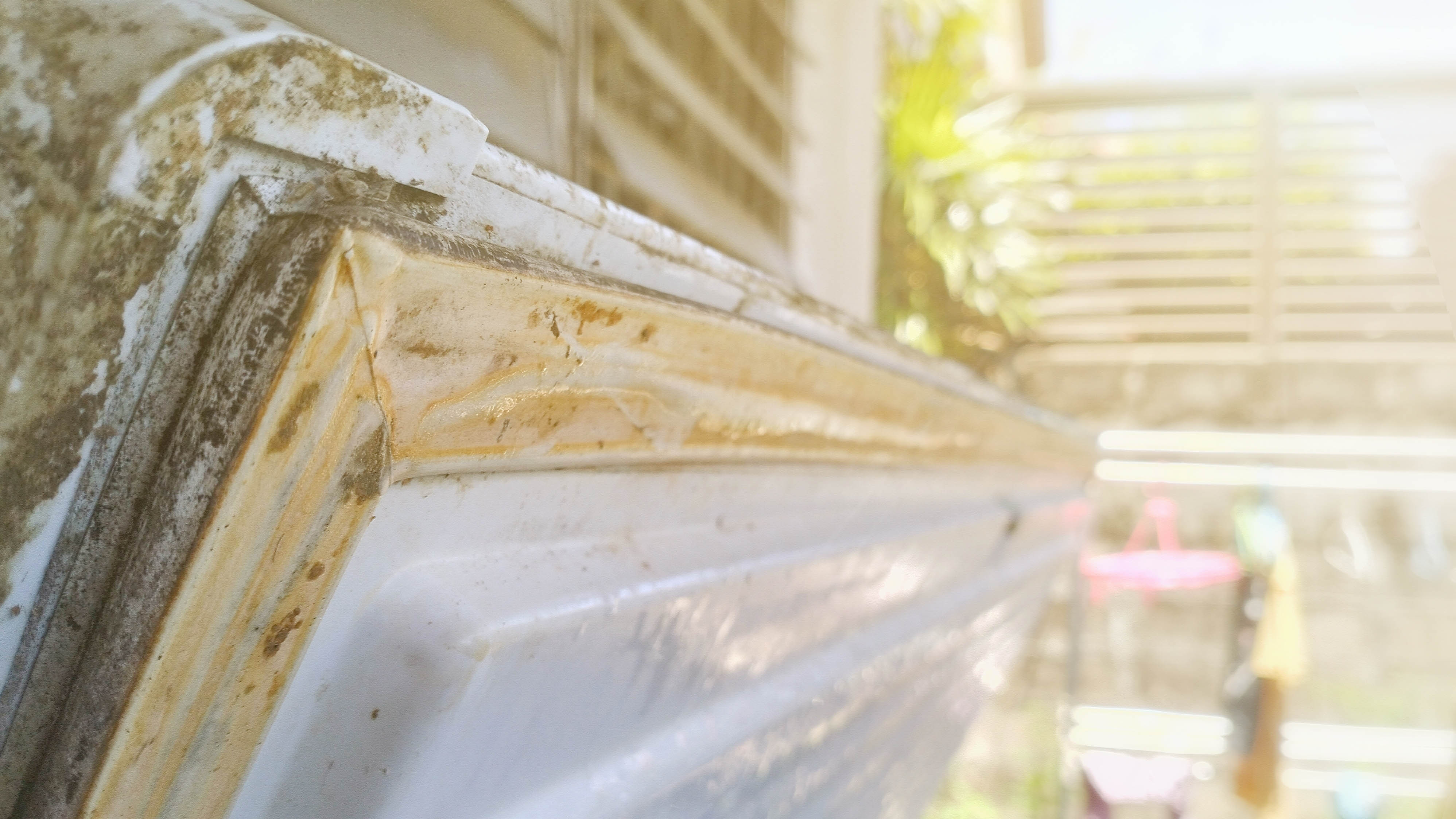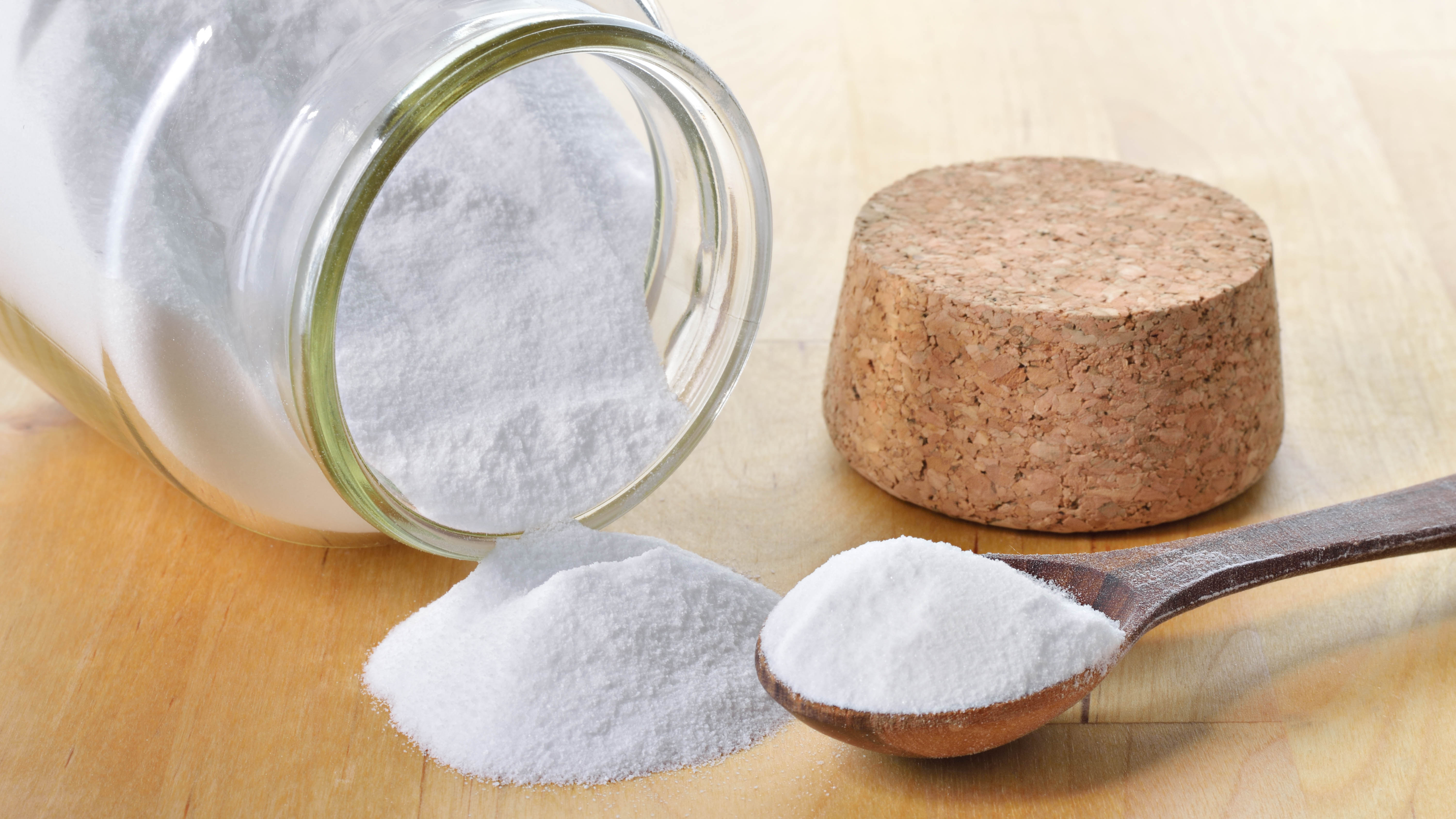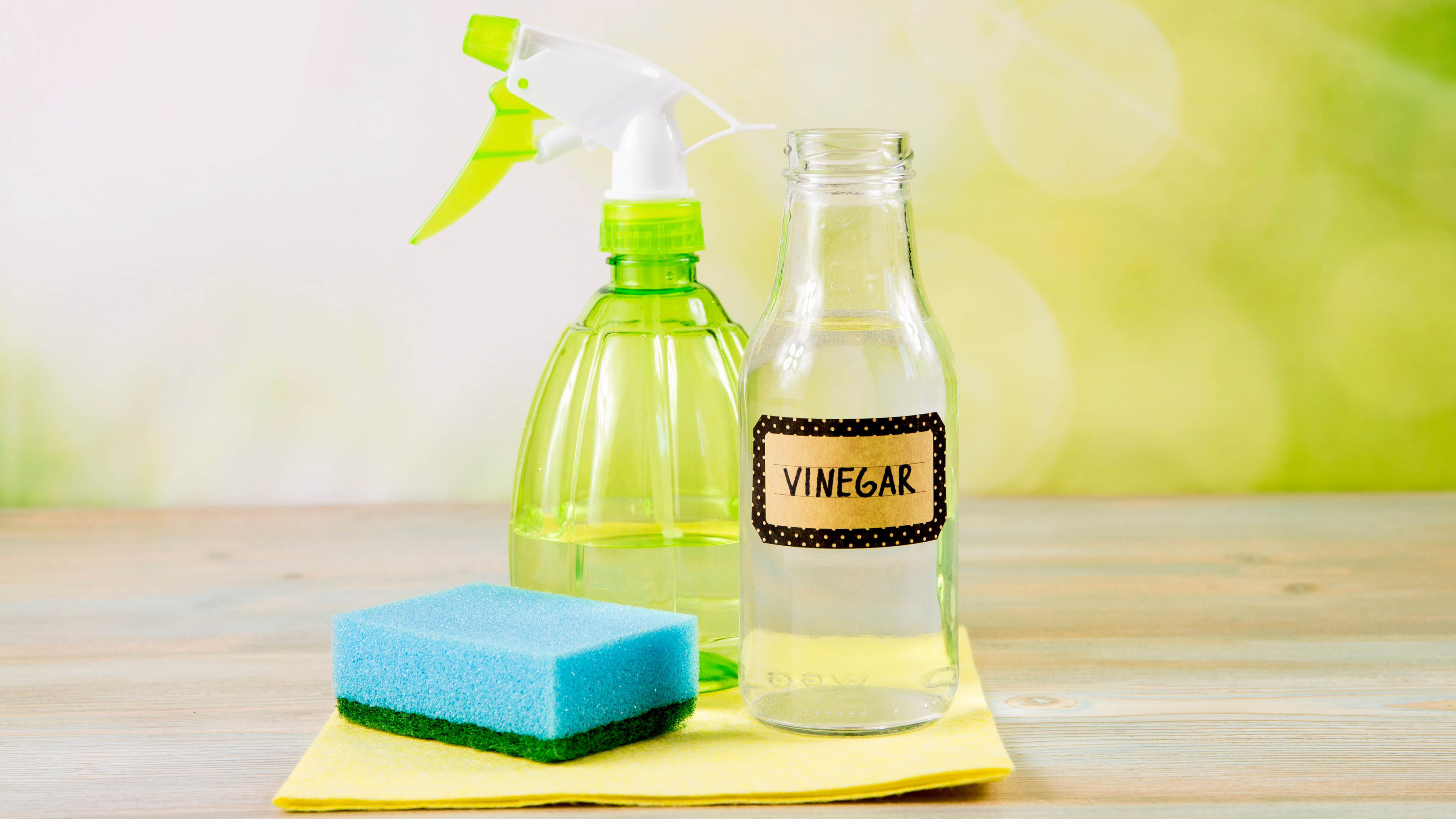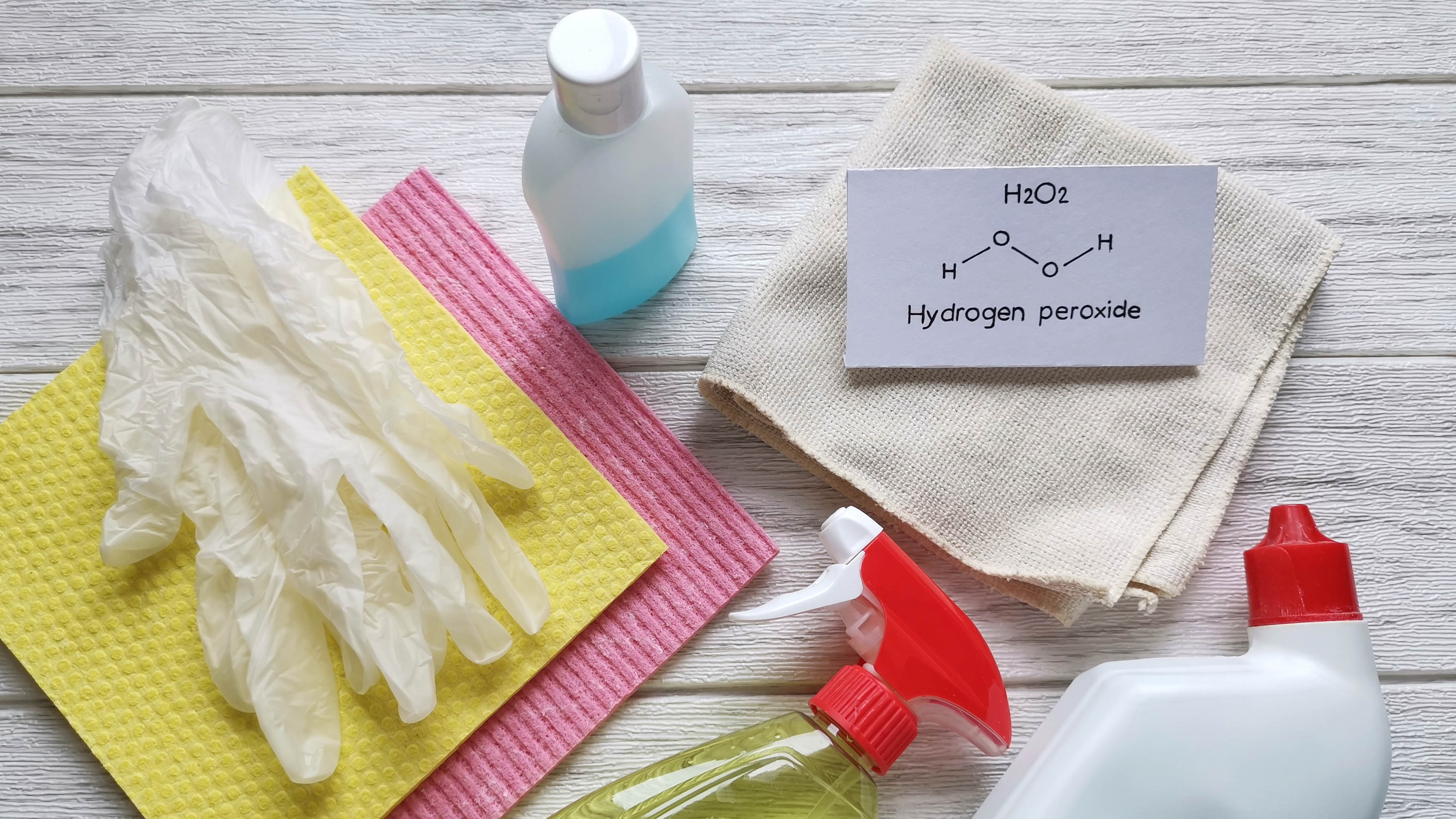Stubborn mold in your refrigerator seal? 3 expert tips to get rid of it fast
Top tips from experts about successfully getting rid of refrigerator mold

Cleaning fridge
(Image credit: Shutterstock)Refrigerators are the safe space for your food to keep it cool and fresh, but even the best refrigerators can suffer from mold. If mold has found its way into your refrigerator, you’ll no doubt be eager to get rid of it.
he trouble is, sometimes mold can be very stubborn, especially when found in the rubber seal. The crevices of the rubber are notorious for trapping moisture and scraps of food. While it keeps the refrigerator firmly shut, it’s also a great spot for mold to thrive.
Similar to removing stubborn mold in your washing machine seal, you need to be careful with how you approach cleaning it. While you can clean a refrigerator and banish odors, the rubber seal is a very tricky spot to get into.
But, if you have the right tips and tricks, you’ll be able to get rid of the mold in no time and keep it away for good. Read on for expert advice on removing mold from your refrigerator seal.
Why does the refrigerator seal get moldy?

Refrigerator seals provide the perfect creases for mold and mildew to grow. “Fridge seals can become moldy due to moisture, warmth, and food particles," explains Nigel Bearman, cleaning expert at Daily Poppins. "Mold thrives in these conditions, so it’s important to keep the seal clean and dry.”
If you don’t keep it clean and dry, you’re only encouraging the mold to grow. Plus, the longer you leave it, the more challenging it will be when you try to get rid of it. A simple cleaning method is use a mild detergent solution. “To remove mold from a seal, use a mild detergent solution i.e. water and washing up liquid and a soft cloth to scrub away the mold," Bearman recommends. "Rinse thoroughly and disinfect with a diluted bleach solution. Make sure the seal is completely dry before closing the fridge.”
How to remove mold from your refrigerator seal
If you're dealing with mold however, there’s a variety of methods to remove this fast. Experts at Hisense UK suggest following these three steps, with increasing strength depending on how stubborn the mold is:
Sign up to get the BEST of Tom's Guide direct to your inbox.
Get instant access to breaking news, the hottest reviews, great deals and helpful tips.
1. Use a baking soda paste

Baking soda is a popular store cupboard ingredient, and there are so many things you can clean with baking soda. Luckily, it can work magic on removing household stains and mold. Simply create a baking soda and water paste to tackle the refrigerator seal.
“Mix baking soda with water to create a thick paste. Apply this paste to the moldy areas of the seal and scrub gently with an old toothbrush. Baking soda is mildly abrasive and will help lift mold without damaging the seal.”
If you find the mold is particularly stubborn, the paste can be left to soak for five minutes to clean more thoroughly. It's also a great method for removing odor from your refrigerator.
2. Spray a white vinegar solution

Similar to the cleaning powers of baking soda, white vinegar is also effective for cleaning and removing stains.
“Spray white vinegar directly onto the affected areas and allow it to sit for a few minutes. The vinegar’s natural acidity will help to kill the mold. Wipe clean with a damp cloth.” You can also dip a cotton swab into the solution to reach the smallest crevices of the seal.
3. Try a hydrogen peroxide solution

If you have heavy-duty mold, you may need something a little stronger. “For more stubborn mold, you can use a solution of hydrogen peroxide (3%). Apply it to the moldy areas, let it sit for a few minutes, and then scrub and wipe it away.”
Repeat this process, if necessary.
32 Fl Oz Hydrogen Peroxide: $22 @ Amazon
This hydrogen peroxide is food grade and can be used in first aid or around your home for cleaning. It's got a 3% concentration, as recommended for tackling refrigerator seals.
Can I use natural ingredients?
Yes, natural ingredients are a great way to remove the mold from your refrigerator seal. As your refrigerator is responsible for storing food, you’ll want to follow the steps above using natural ingredients like baking soda and white vinegar to keep your fridge fresh.
While you can use more powerful solutions like detergent and hydrogen peroxide, they can wear away your rubber seal over time, which will affect its performance. The natural alternatives are still abrasive methods of getting rid of the stubborn mold, and should lift and remove the mold spores as required.
How to keep mold at bay
It should come as no surprise that keeping up with regular cleaning of the refrigerator seal is the best way to keep mold at bay. As cleaning expert Bearman recommends, “To prevent mold growth, clean the seal regularly, check for damage, set the fridge to the correct temperature, and dry spills immediately.” He adds, “Avoid overloading the fridge and consider using a dehumidifier in humid climates.” If you’re giving food and moisture the opportunity to stay in the refrigerator seal, over time mold will grow.
Experts at Hisense UK agree that regular cleaning “at least once a month with warm soapy water or a vinegar solution” is key, as well as checking for leaks, and keeping the refrigerator dry, adding, “Avoid leaving spills or moisture inside the fridge, as these can contribute to a damp environment that fosters mold.”
Given you’re constantly moving food and liquid in and out of the fridge every day, there’s a lot of opportunity for spillages and food particles to drop into the crevices of the seal. Svetlana Georgieva, co-founder and service manager at Samyx Cleaning, says you should “make it a habit to clean the refrigerator seal monthly to prevent mold buildup.” If you do find your mold is beginning to build up again, head back a step to our expert tips on removing the mold and start the process again.
More from Tom's Guide
Grace is a freelance journalist working across homes, lifestyle, gaming and entertainment. You'll find her writing for Tom's Guide, TechRadar, Space.com, and other sites. If she's not rearranging her furniture, decluttering her home, or relaxing in front of the latest streaming series, she'll be typing fervently about any of her much-loved hobbies and interests. To aid her writing, she loves to head down internet rabbit holes for an unprecedented amount of time.


